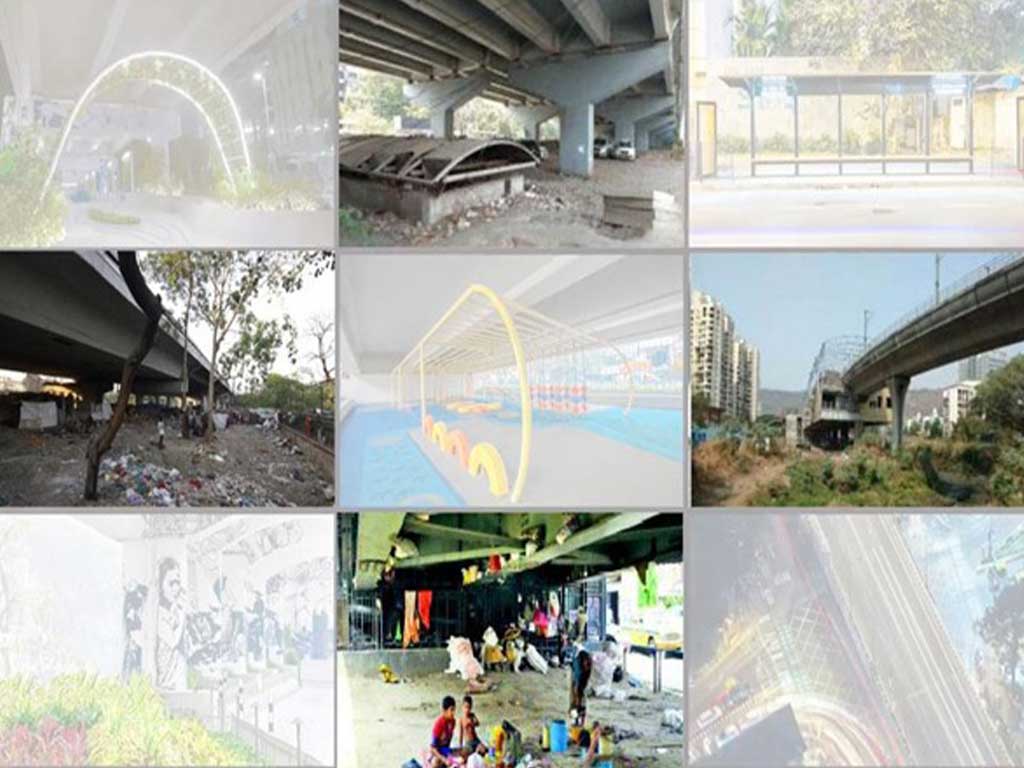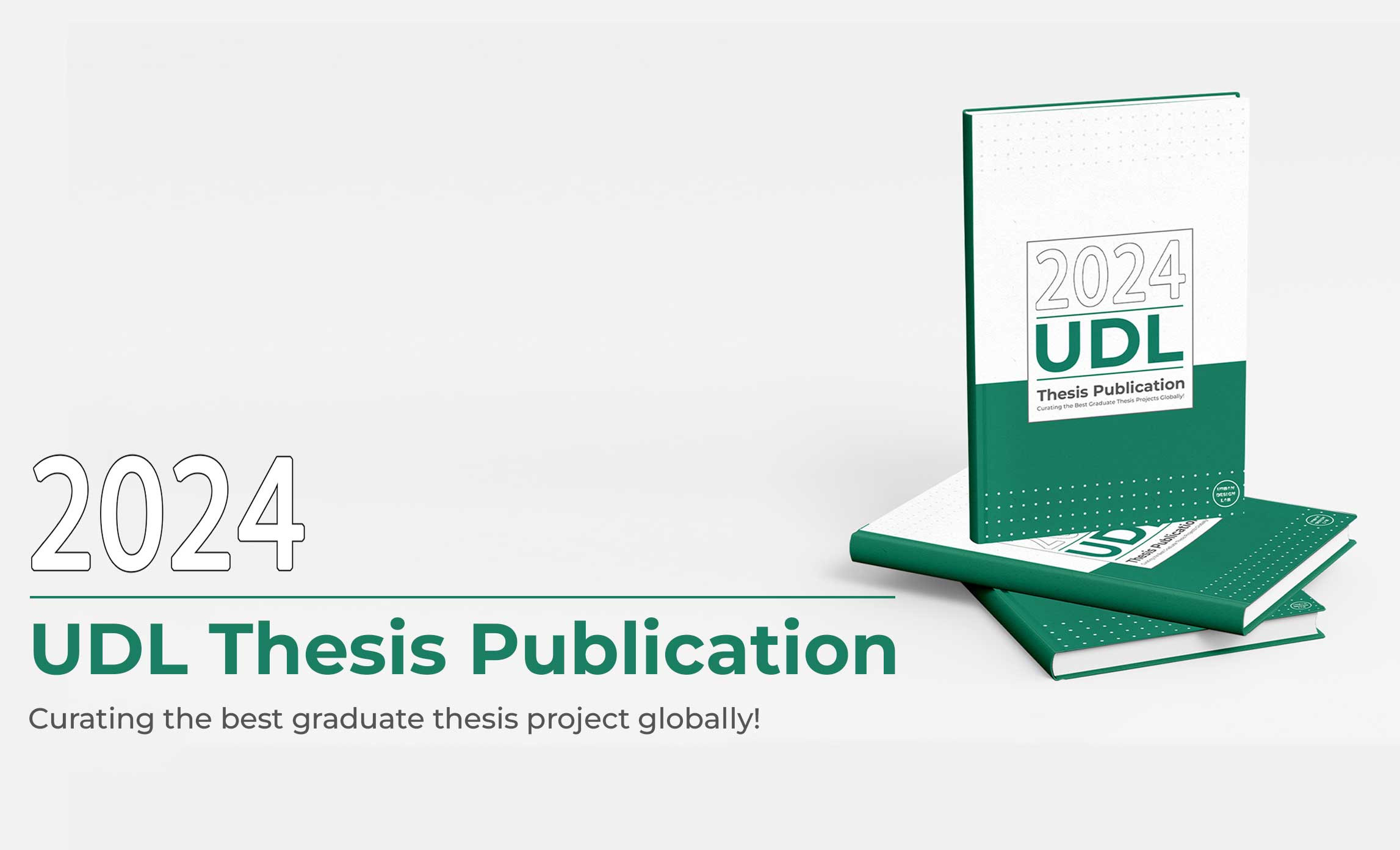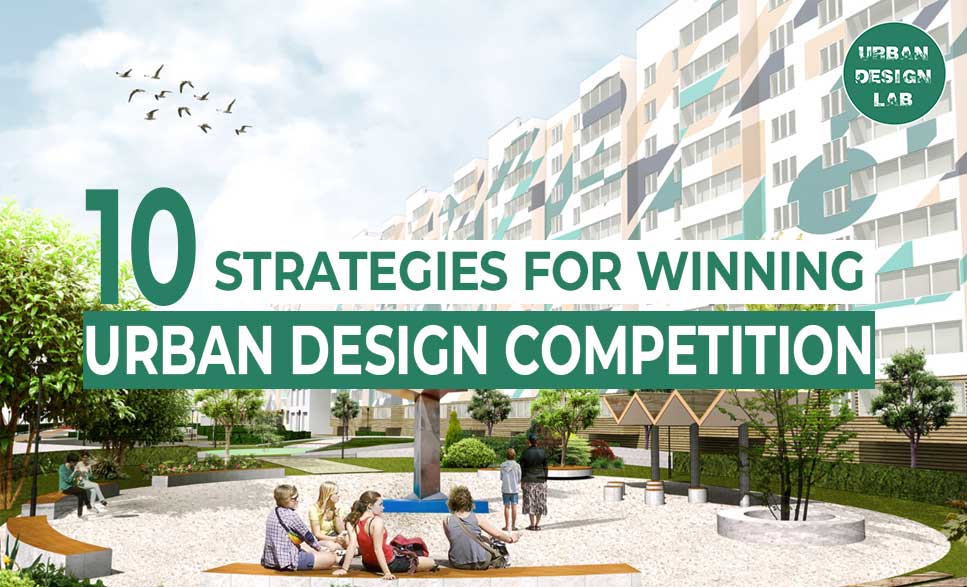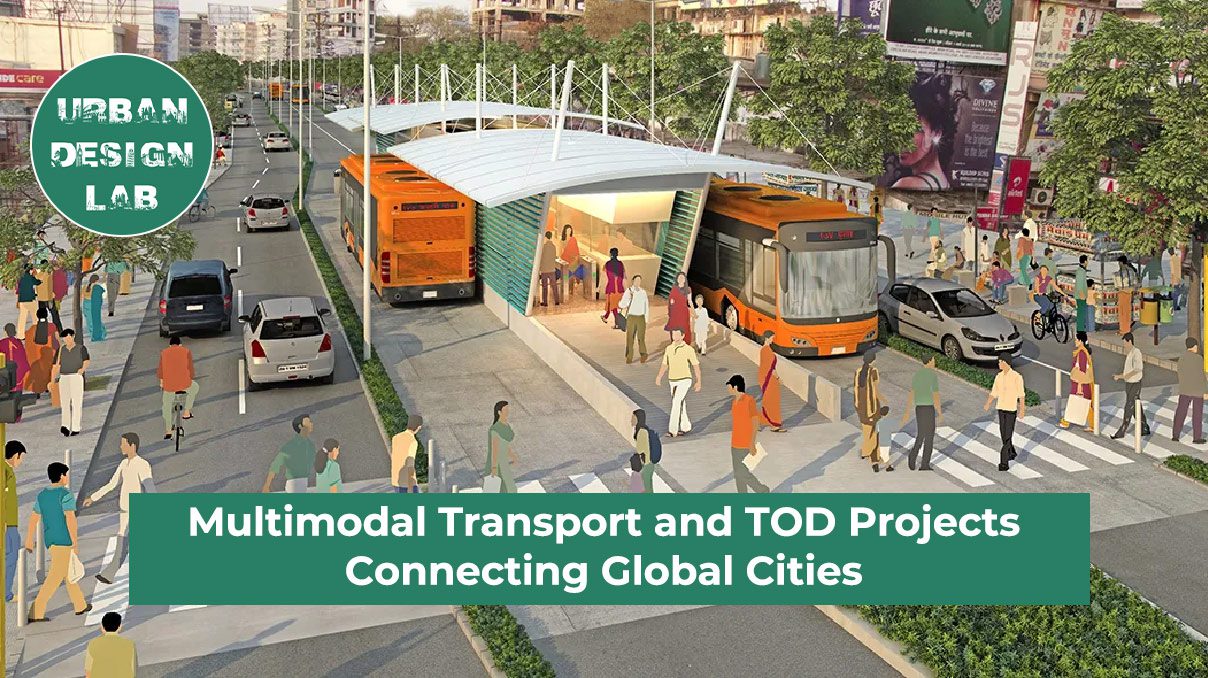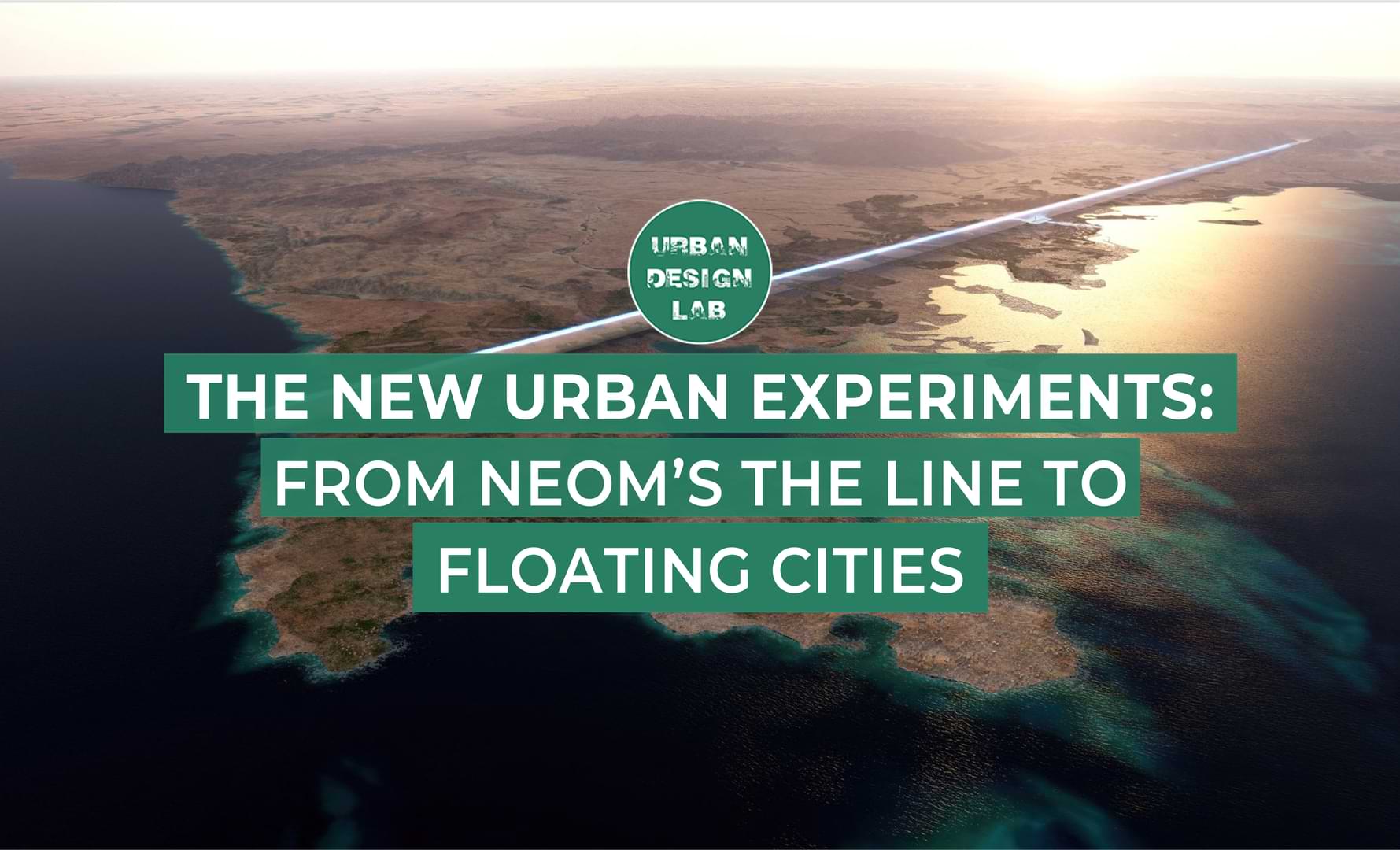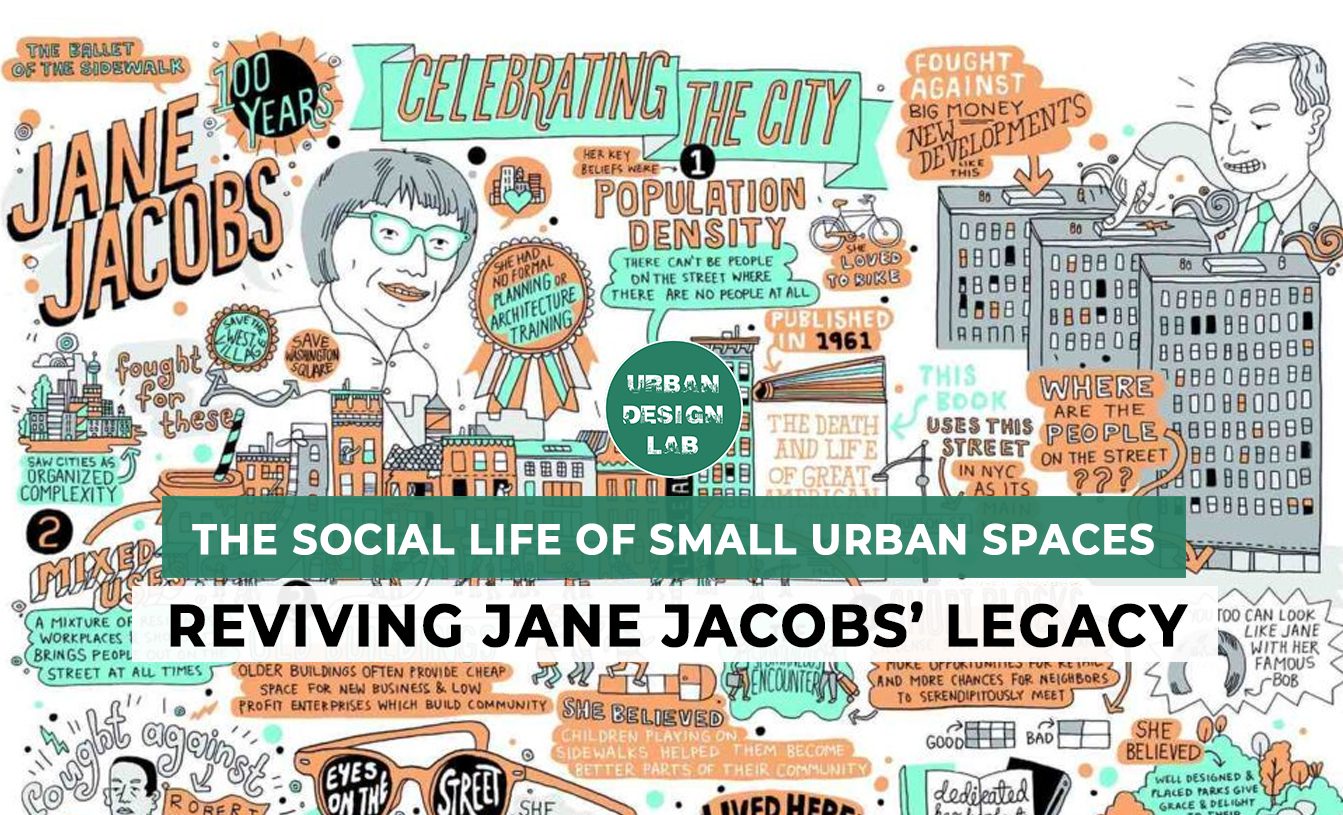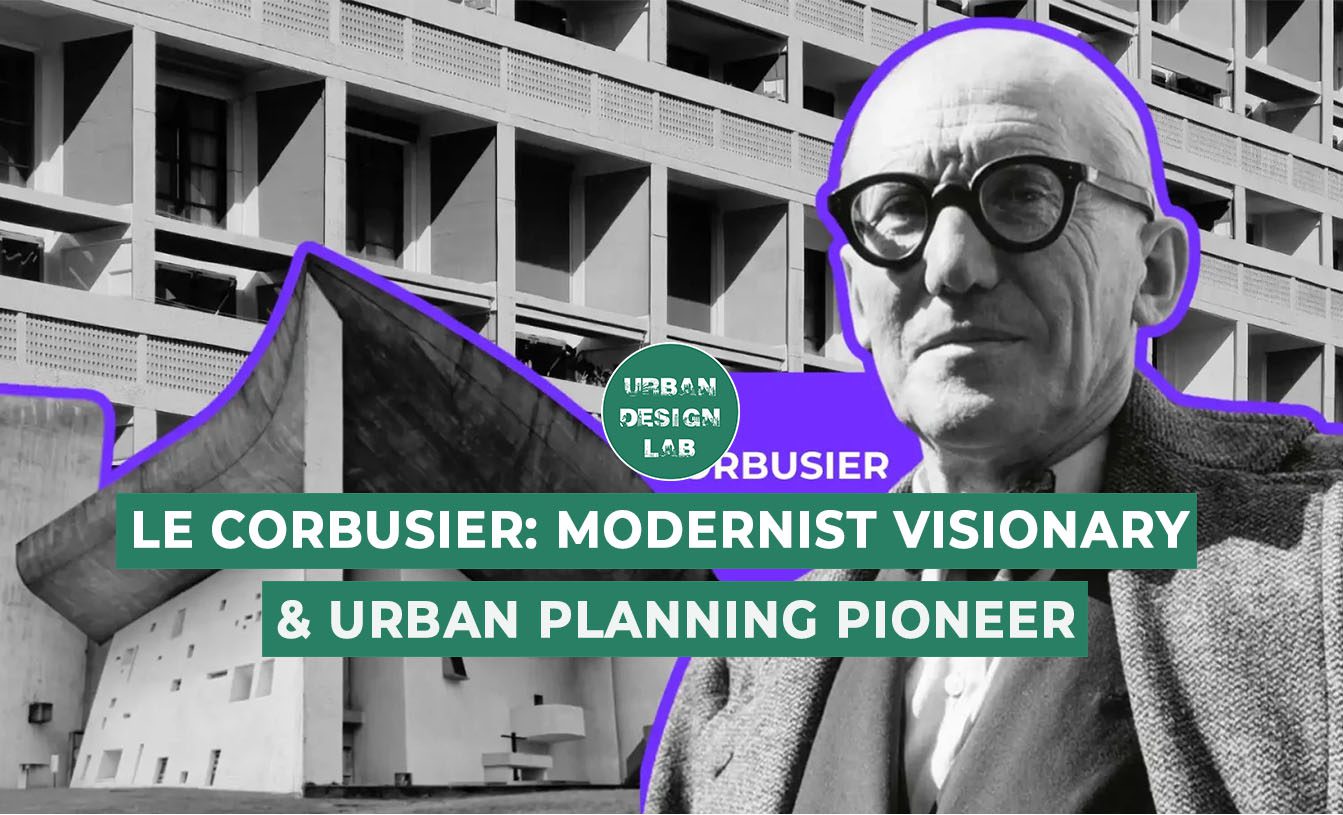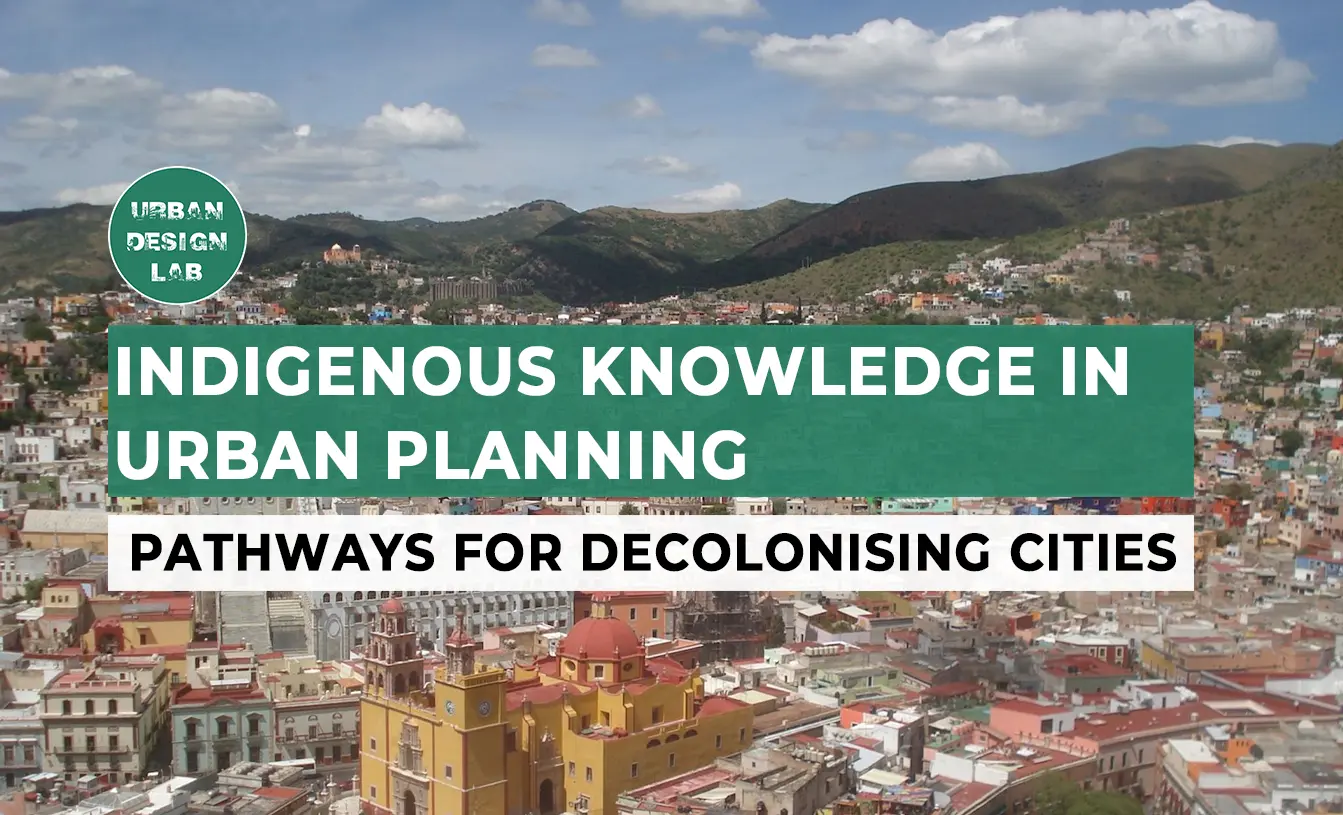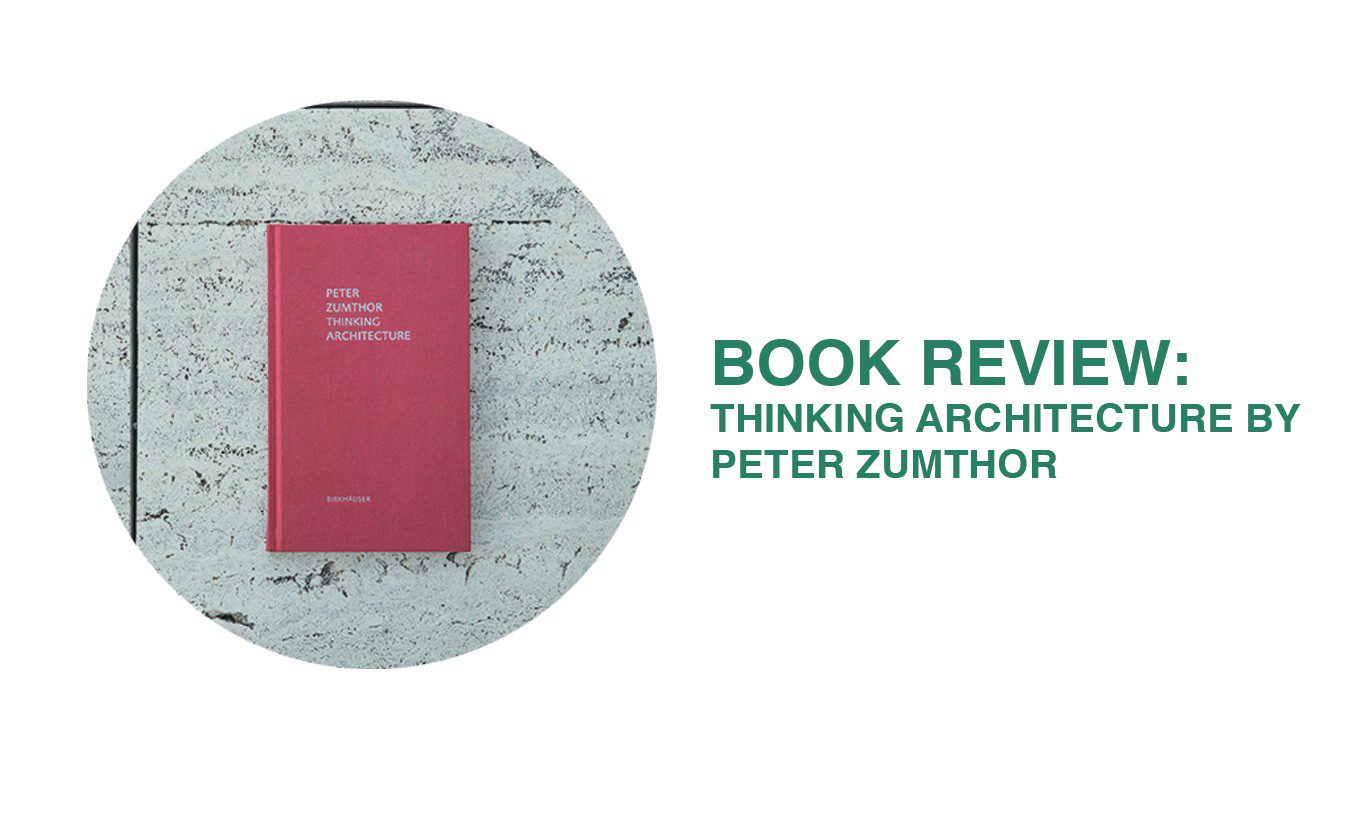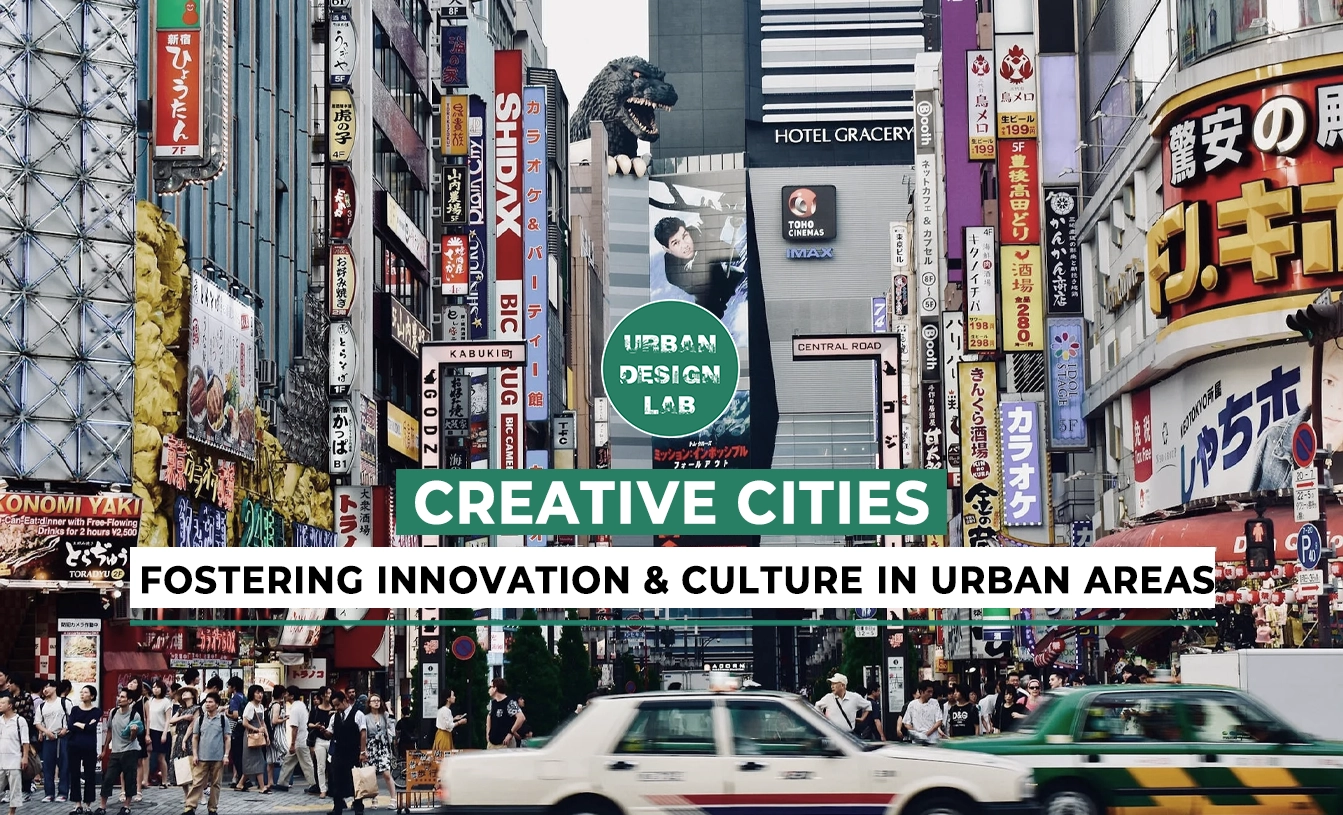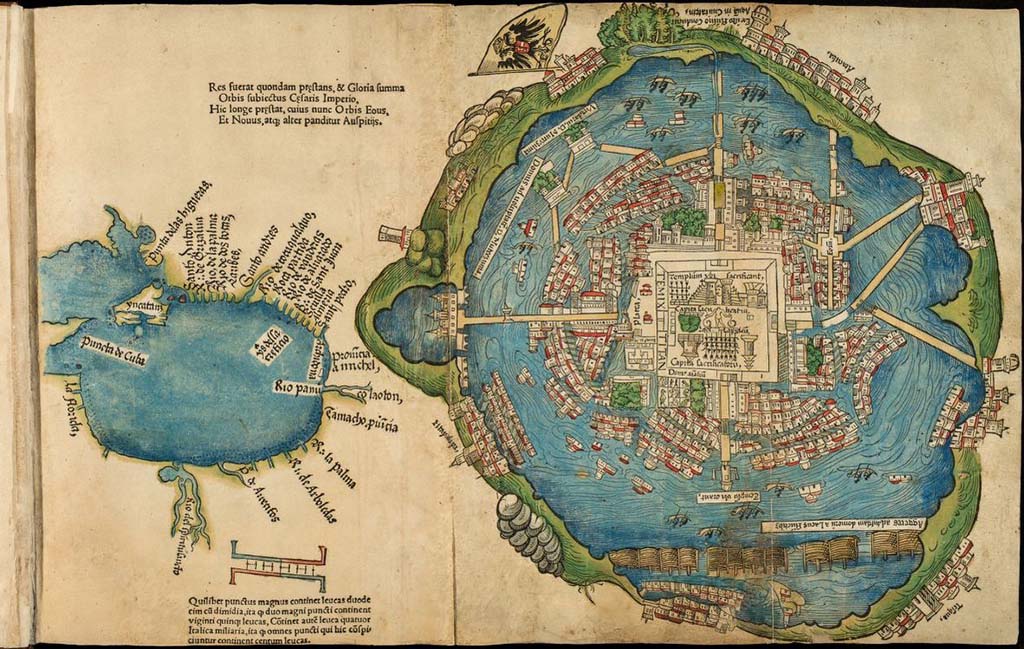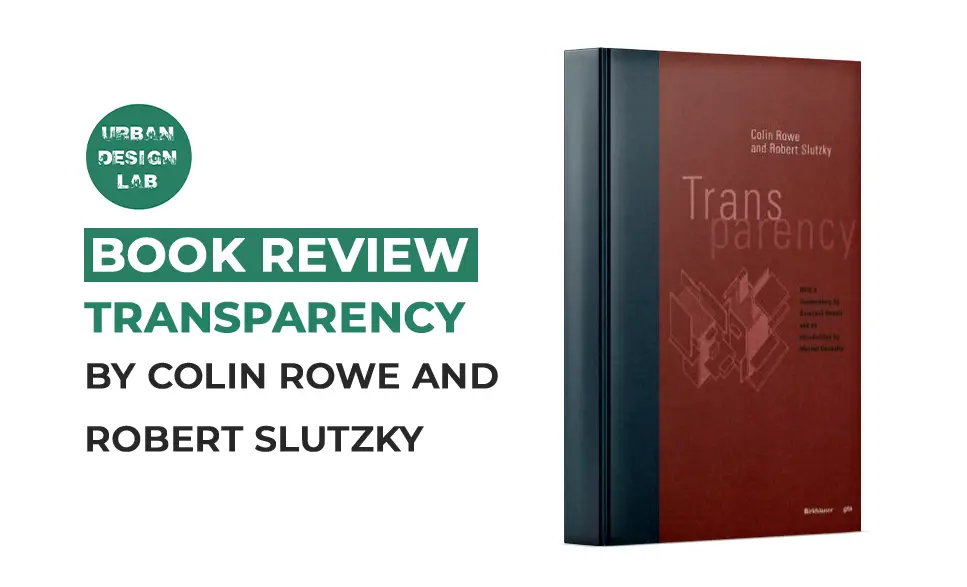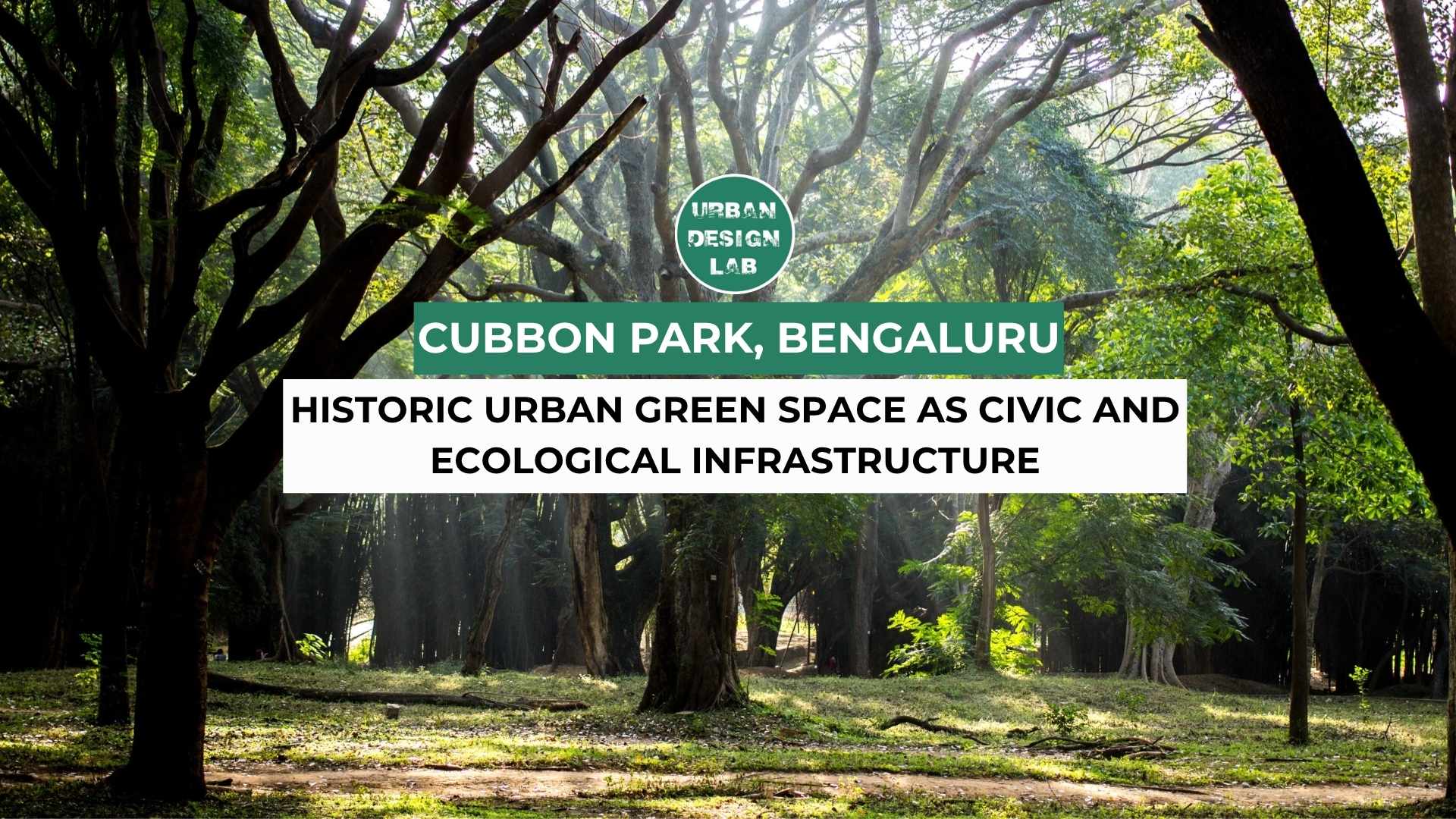
Urban Anthropology: User Experience Research for Urban Environments
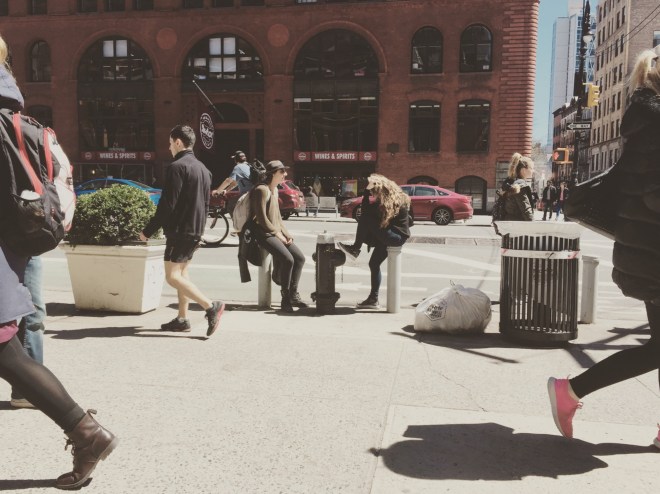
Urban anthropology may not be top of mind for most people (or most anthropologists for that matter), but I’m here to argue it is the key to creating livable cities for people. In fact, applying this concept to the management and design of our urban environments could be the single most important thing to ensure the livability of our urban future. This may sound outlandish, but I assure you it’s not so radical as it seems. Believe it or not, the methods used by urban anthropologists are surprisingly similar to a far more common staple of the design world: user experience research and design.
In the world of tech and product design, user experience (UX) is key. You basically can’t design something efficient for humans without it. From your favorite app to your web browser, that chair you’re sitting on to an egg beater, nearly everything goes through some kind of user testing before it’s ready for launch. Whether that’s by playtesters ahead of a video game release, or focus groups giving feedback on product messaging, vast amounts of research is being conducted in order to create the best product for “users” of all sorts.
The job of a designer then— whether creating something digital or physical — is to think ahead, to anticipate potential problems that may be faced when using the product so your experience as the user is as smooth as possible. This is achieved by improving the quality of experience, through design, based on data; a simple and effective system that builds on itself over time. Done right, this gives us intuitive design that reflects both our physiology and psychology as human beings, meeting our expectations before we even have a chance to consider it — with the profits to prove it.
In other words: thinking, so you don’t have to.
Anthropology (in short) is a social science that studies human beings — how we live, communicate, and get around — as well as how we remain happy and healthy in our environment. Urban anthropology (remember urban anthropology?) is basically the equivalent to a UX research process for improving our cities, or, our dominant manufactured habitat. In much the same way as UX research would examine user interaction with a commercial product, my job as an urban anthropologist is to track human behavior in our urban public spaces. When assessing a park, plaza, or street, I ask myself, how do people use this object? What do they need in this place? How do people feel here? And how can this be improved for the human (user) experience?
This kind of qualitative research and accumulation of data is no different than UX research. Through the foundation of our knowledge of human form and psychology, combined with historical precedent, we can anticipate urban “user” needs much the same way as any other digital interface or physical product. And more than this, I argue that we must do this if we are to anticipate the future needs of our now-urban species and create cities that are not only usable but livable for all people.
You wouldn’t make a chair that didn’t fit a human’s backside. So why would you create a city that wasn’t for people?
If cities were a product, they would not only include user-testing before launch, they would have to face the test of the consumer — making or losing profits based on how successful it is. We’re learning more and more that the most livable cities are the ones with the most user-friendly elements — like protected bike lanes, street trees, and dense, human-scale downtowns where we can interact with each other in public space. When you build a city for people in this way, people will want to live there — in much the same way that they would buy a good product. Urban anthropology can do the digging into the why’s and how’s of urban form — assessing the impact and effectiveness, and making suggestions based on the evidence that direct observation and empirical research provides.
In the future of smart cities, rapid urbanization, and impending environmental changes, we will need a human-centered system of observation and analysis to better design cities for everyone. Simply building urban elements, whether streets or housing complexes, without any kind of research or benchmarking process runs the risk of producing cities that are inefficient, unhealthy, even deadly. Unfortunately, because of our inability to observe and analyze the results of our urban interventions over the past century, this is already the case in many places and will require a lot of collective effort — and political will — to rectify.
Inserting anthropology into the conversation means shifting our way of thinking in a direction to one that’s entirely humanistic and evidence-based that focuses on the quality of the experience for all of us. User experience research is a natural fit for urban design. And I believe that urban anthropology stands to be the UX revolution that our cities need.
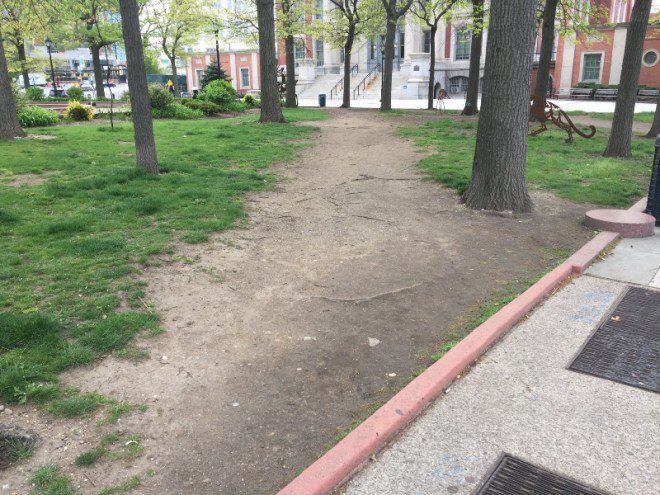
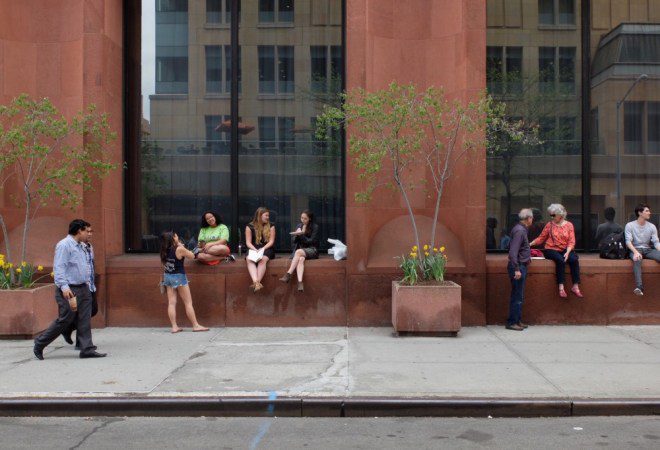
Author: Katrina-Johnston-Zimmerman
Program: Anthropology, Cities, Design, Research, UX
Publisher: Newcoshift
Related articles


Architecture Professional Degree Delisting: Explained

Periodic Table for Urban Design and Planning Elements


History of Urban Planning in India

Best Landscape Architecture Firms in Canada
UDL Illustrator
Masterclass
Visualising Urban and Architecture Diagrams
Session Dates
17th-18th January 2026

Urban Design Lab
Be the part of our Network
Stay updated on workshops, design tools, and calls for collaboration
Curating the best graduate thesis project globally!

Free E-Book
From thesis to Portfolio
A Guide to Convert Academic Work into a Professional Portfolio”
Recent Posts
- Article Posted:
- Article Posted:
- Article Posted:
- Article Posted:
- Article Posted:
- Article Posted:
- Article Posted:
- Article Posted:
- Article Posted:
- Article Posted:
- Article Posted:
Sign up for our Newsletter
“Let’s explore the new avenues of Urban environment together “



























